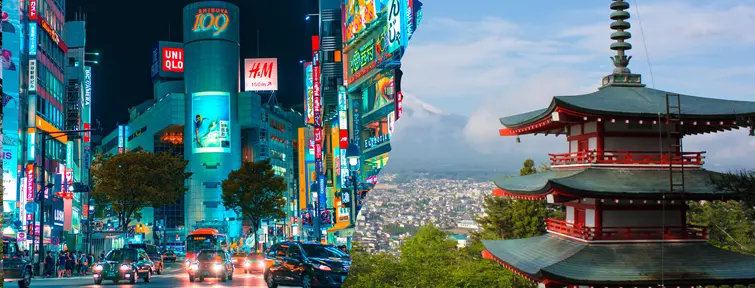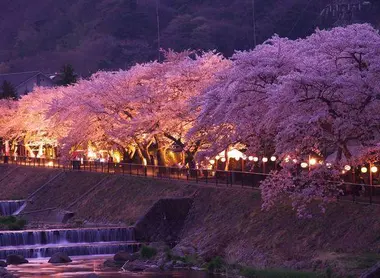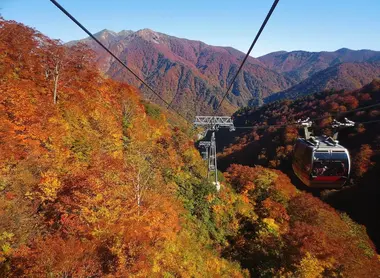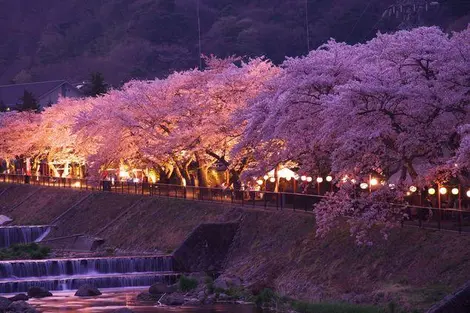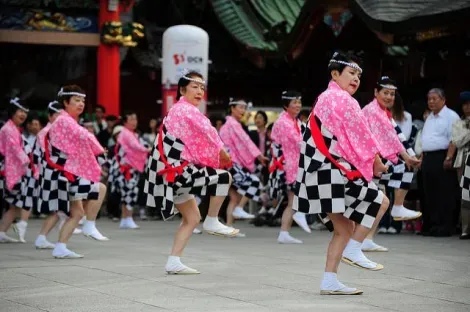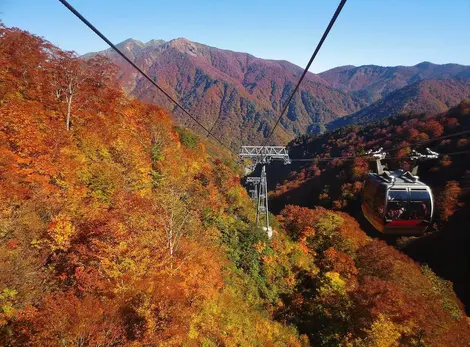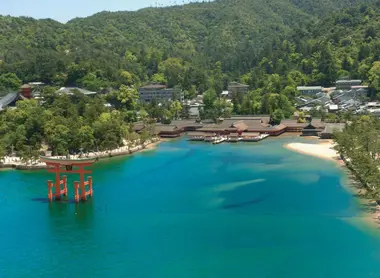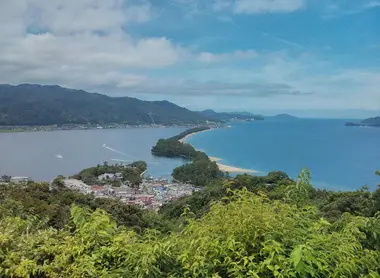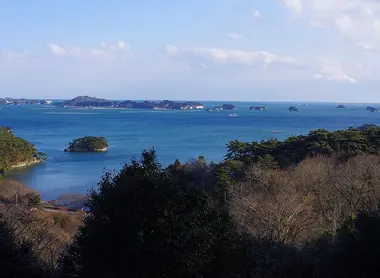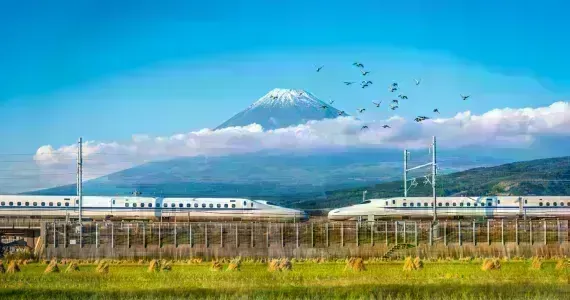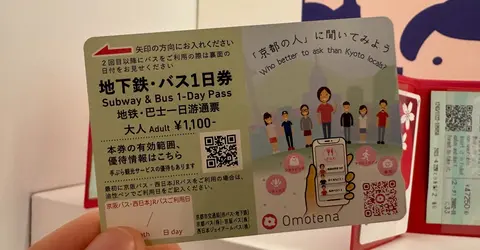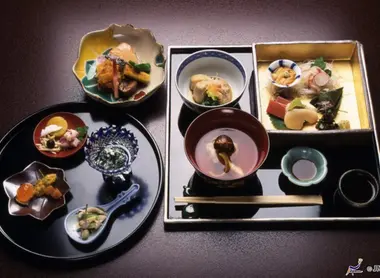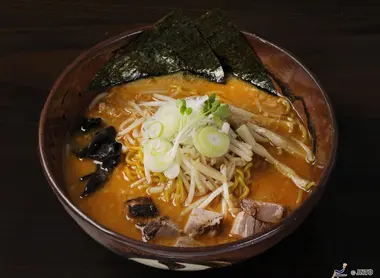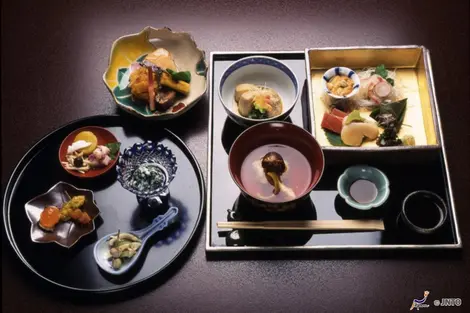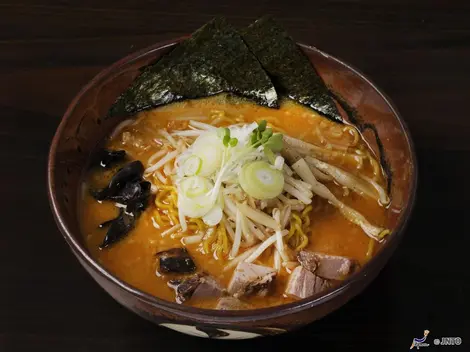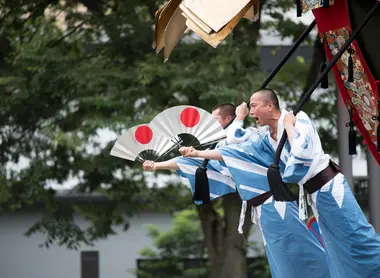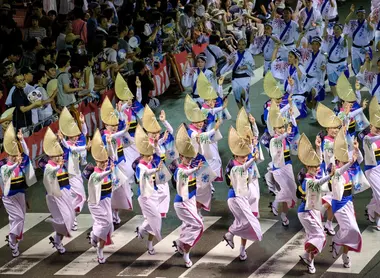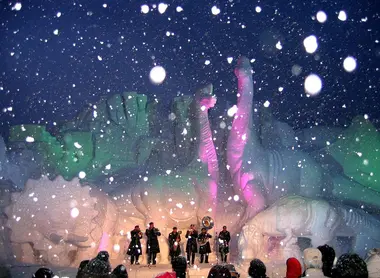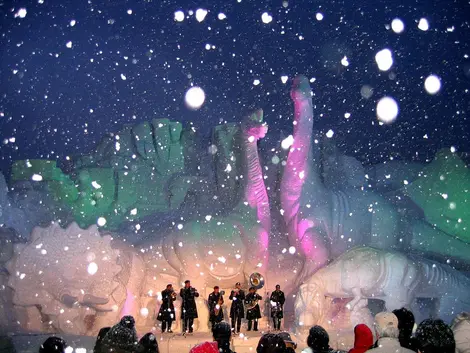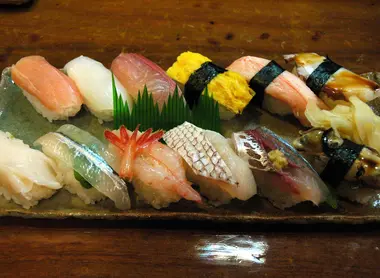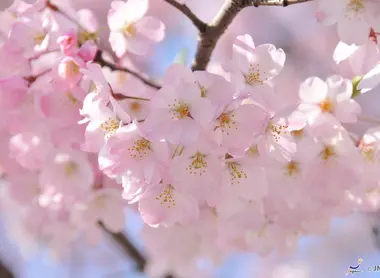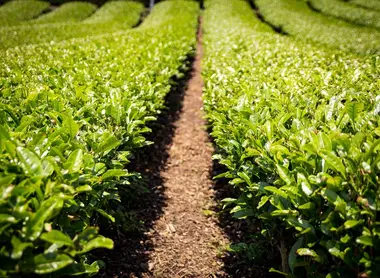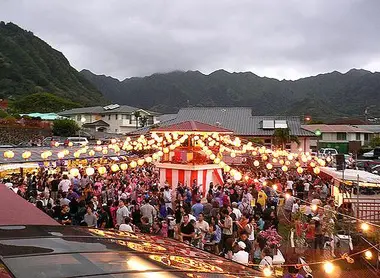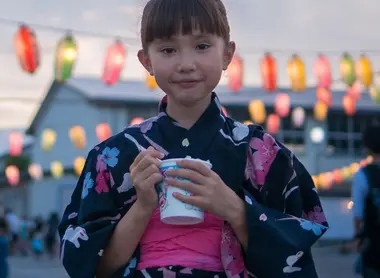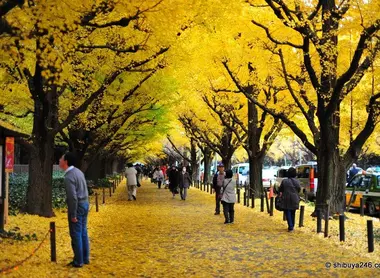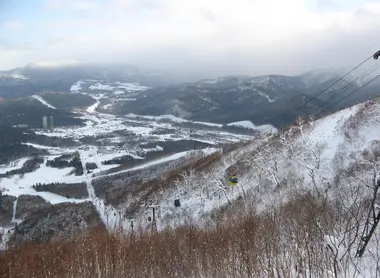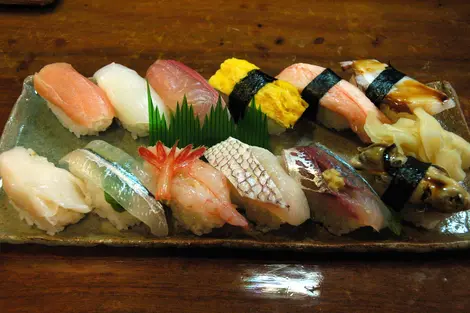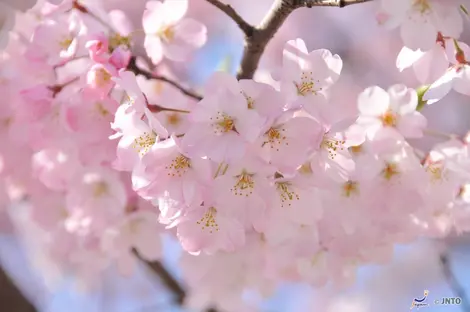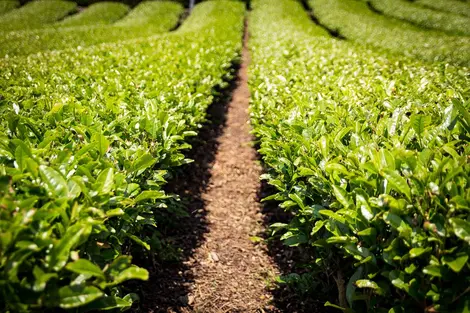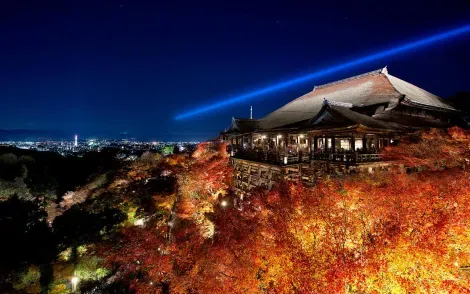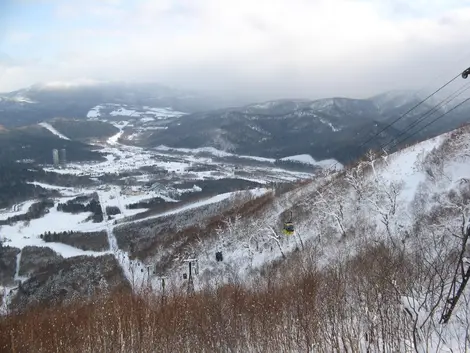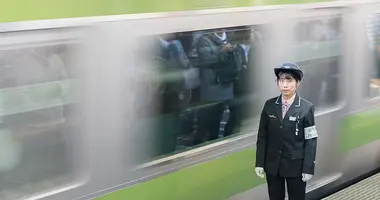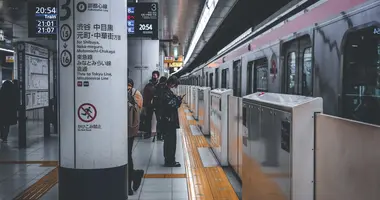Preparing your first trip to Japan 初めての日本旅行
Are you planning your first trip to Japan and don't know where to start organizing it? Don't panic, Japan Experience is here to guide you!
A flawless first time
First of all, you need to ask yourself the right questions: What are you interested in Japan for? What do you want to see? Are you more of a "between modernity and tradition" kind of person, interested in immersing yourself in the heart of Japanese nature, or are you more into pop culture and discovering the diversity of cultural and zany activities that make Japan so special?
The answers to these questions will determine not only your itinerary in Japan, but also the time spent in each city and the travel period!
Pro tip: you won't be able to see everything! Choose what you absolutely want to do and build your trip around it. And above all, leave room for improvisation! You may be in for some surprises.
Don't hesitate to read our travel to Japan file, a comprehensive guide to everything you need to know to prepare your trip and travel in Japan!
Every season has its own activity
The seasons hold a special place in Japan, and the Japanese are particularly fond of observing the transitions from one to the next. Each season has its own particularities:
- In spring, the cherry blossoms, sakura, are in full bloom from March to early May.
- Summer is the time of the matsuri, traditional Japanese festivals. They take place from June to August and are open to all, ideal for immersing yourself in popular culture.
- Autumn is the time for momiji, when you can admire the beauty of blushing flowers. They take place from October to November, depending on the year.
- Finally, winter is the best time to enjoy central and northern Japan, which is covered in a thick blanket of snow! From December to February, you can enjoy the pleasures of bathing in hot springs ( onsen ), as well as winter sports.
So it's important to decide when you're going to stay, so you can make the most of what's best for you! Whether you're looking for the tranquility of Kyoto's temples, the hustle and bustle of Tokyo or Osaka's busy districts, or the beauty of Mount Fuji from the lakes of Hakone, you won't go to the same place!
Read also : When to go to Japan and why?
Organize your trip according to your interests
As we mentioned in the introduction, your first trip to Japan should be organized according to your personal interests.
Are you interested in the "traditional" side of things? Would you like to visit Japanese temples and shrines, discover historic castles, immerse yourself in historic districts, samurai or geisha? Then head for the southeast of Japan, in the Kansai region. You'll discover the famous city of Kyoto, the interesting Nara and its deer, or the feudal castle of Osaka. Further south, you can discover the city of Himeji, with its castle, the largest in Japan, and its magnificent gardens. Finally, if you head even further south, you'll discover Hiroshima for a mix of recent history and the sacred.
If it's the modern, pop-culture side that interests you most, then head for Tokyo and its liveliest districts: Shibuya, Harajuku or Shinjuku, popular with trendy young people. Osaka, Tokyo's rebellious little sister, will also win you over in the Namba or Umeda districts!
And then there are the sure-fire favourites: listed sites such as Japan's most famous Three Views! Seeing at least one of them will bring back beautiful images and memories. Among them: Miyajima, near Hiroshima, and its famous torii planted in the water of the bay, the beaches of Amanohashidate on the coast of the Sea of Japan, Nihon Kai, and finally Matsushima Bay, near Sendai.
Getting around Japan
If you're visiting Japan for the first time, you won 't want to miss out on a trip on the shinkansen, the world's pinnacle of high-tech rail travel. Cutting-edge design, always on time to the second (in 2016, the average delay on all shinkansen in circulation was 32 seconds!), impeccable cleanliness, on-board service and the chance to enjoy an ekiben at 300km/h. In addition to shinkansen, there are also many themed trains, such as Hello Kitty or Pokémon trains, panoramic trains to enjoy the country's magnificent landscapes, or original trains with antique-style carriages, Japanese-style carriages or even carriages imitating art museums!
Trains in Japan are as much an experience as they are an efficient means of travel.
So there are a number of train passes available to make the most of the Japanese rail network during your trip to Japan.
The National Japan Rail Pass gives you unlimited use of all Japan Raillways (JR) trains for a set period of time, throughout the country. This option is ideal if you plan to travel a lot during your stay.
There are also regional passes, which allow you to benefit from the same advantages (unlimited travel, ease of movement, no reservations required) but for a single region of Japan. This is the best alternative if you want to explore a specific region of the country.
Discover the JRPass to get around!
Pro tip: Choose your means of transport according to your itinerary, but also according to the length of your trip. The shorter your stay, the less time you'll have to spend on transport! The Shinkansen remains the fastest means of travel in Japan!
2h08 to Tokyo-Kyoto, 2h28 to Tokyo-Kanazawa, and 1h52 to Kyoto-Hiroshima, with the Japan Rail Pass, it's so much easier!
To get around easily in the big cities, there are also a number of transport tickets, such as the Welcome Suica card (replacing the Suica card and the Pasmo card), which allows you to use all public transport (metro, bus, streetcar, etc.) throughout Japan. Likewise, there are daily (or longer) and city-specific tickets, such as the Tokyo Metro Pass (24 to 72 hours), the Kyoto Bus or the Kansai Thru Pass, allowing free travel in all Kansai cities (Kyoto, Osaka, Nara, Himeji...).
Of course, there are other means of transport in Japan, such as cars, planes, day and night buses and bicycles. Find the means of transport that suits you best!
Read also: Practical guide: taking the train in Japan
What to eat in Japan
You can push open the door of any restaurant in Japan and you'll be sure of a good meal!
In depachika, the department stores found mainly in the basements of major railway stations, you'll find a concentration of the best Japanese specialties. From starters to desserts and cookies, the choice is yours.
There are konbini on every street corner, open 24/7: from small ready-made meals to bento, there's something for everyone.
You can't miss the ubiquitous drinks vending machines. Here again, you'll be tempted by an incredible choice. Hot drinks (in winter) or cold drinks (in summer); sugar-free, milky, sparkling, fruit, for the equivalent of a euro or two. You'll be dreaming about them long after you've returned! You can pay with change or with a Suica or Pasmo card.
Finally, don't forget to try other styles of gastronomy, such as ramen orokonomiyaki. You'll even be surprised by the "French-style" filled buns you can't find in France, always at low prices!
To find out more
What to see: traditional matsuri festivals
Known as matsuri, they take place mainly in summer. The most popular are the following:
- In spring, Aoi Matsuri in Kyoto and Sanja Matsuri in Tokyo's Asakusa district.
- In summer, Gion Matsuri in Kyoto, Nebuta Matsuri in Aomori, Awa Odori in Tokushima, with thousands of dancers in the streets.
- In autumn, Danjiri Matsuri in Osaka and Takayama Matsuri in Takayama.
- In winter, the festivities take place mainly in the north, with the snowy atmosphere of Sapporo' s Snow Festival and its gigantic ice sculptures, then all over Tohoku, such as the Kamakura Yokote Festival and its luminous igloos.
How to relax in Japan?
Whatever the season, but especially when it's cold, one of Japan's greatest pleasures is the onsen! A bath in a hot spring to enjoy the benefits of water that acts on your body's ailments - it's worth all the words in the world. If you don't try one, you're missing out on the best this country has to offer!
Discover: 5 onsens with a view

Bath at Mikawaya Ryokan, Kanagawa Prefecture
JNTO
